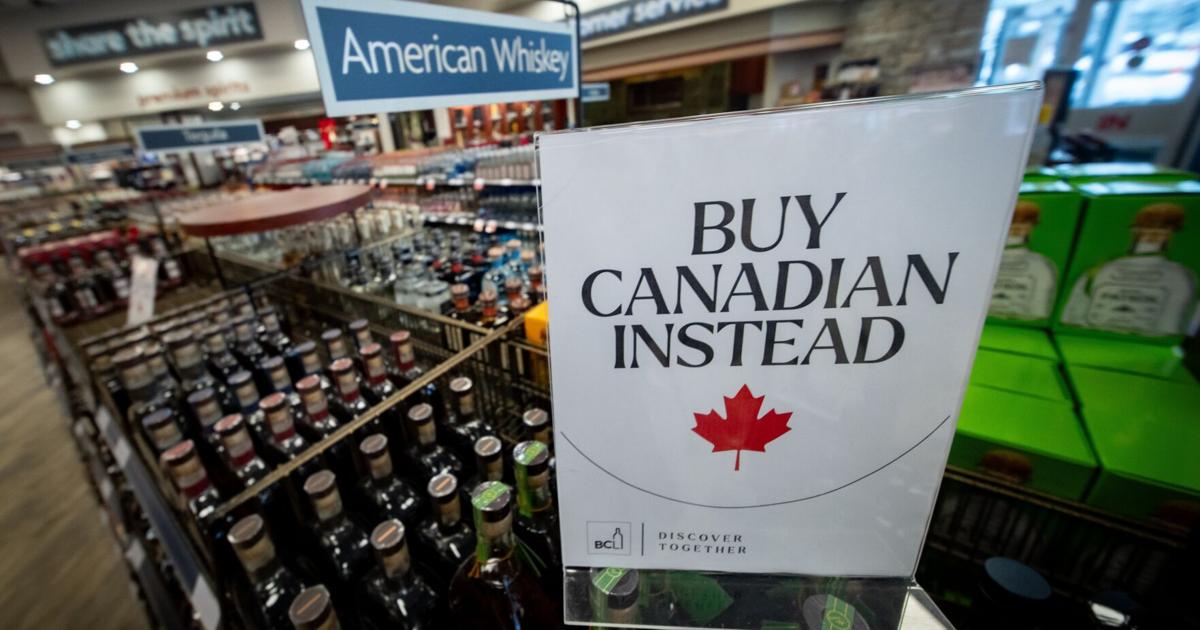“Buy Canadian” doesn’t just foster patriotism — the movement born of U.S. President Donald Trump’s tariffs could have a significant effect on the local economy too, according to a BMO analysis.
The increasingly popular consumer-led initiative has the potential to add roughly $10 billion to the Canadian economy annually, lifting growth by 0.3 percentage points, estimates BMO economist Robert Kavcic.
“It’s a pretty meaningful source of stimulus for the Canadian economy,” Kavcic told the Star.
While not enough to offset the destructive impacts of the trade war, such as a depreciation in the Canadian dollar, rising unemployment, and a potential global recession, Kavcic says “buy Canadian” could still help Canadians weather the storm.
“Put it this way, if we were to see a provincial or federal budget come out with a $10-billion stimulus program, it would be pretty big news.”
Avoiding imports altogether is “almost impossible,” said Kavcic, as purchasing exclusively Canadian products can be costly and impractical.
“The challenge is that Canada is a significant net importer of household products, cars and consumer electronics,” he said, adding that 35 per cent of household consumer goods are reliant on direct and indirect imports.
Items like groceries are easier to cheaply substitute than personal care and clothing, for example.
But even a “modest shift” in spending toward Canadian goods could add $6 billion to the economy alone, Kavcic said.
According to a recent Bank of Canada survey, more than half of consumers plan to buy Canadian rather than U.S. goods because of the trade conflict.
But while some respondents said they are willing to pay a bit more for products made in Canada, others said the cost of living is currently too high to afford the higher prices.
Canadians choosing to keep vacation plans local are also not doing so in vain.
Cross-border travel by car was down as much as 30 per cent in February compared with last year as the trade war escalated, according to the BMO analysis, while airlines and travel companies have reportedly seen bookings to the States drop.
We spend roughly $60 billion annually in travel abroad, said Kavcic, and a small shift in domestic spending could help fuel the economy.
That, along with more government spending in domestic businesses and goods, could contribute another $4 billion in value to the Canadian economy.
Kavcic cited the Building Ontario Business initiative, which aims to direct $3 billion in contracts annually toward provincial businesses, as an example of provinces and other levels of government joining the “buy Canadian” movement.
Earlier this week, Liberal Leader Mark Carney announced he wants to make national parks and historic sites available for free this summer as more Canadians forego trips to the U.S.



